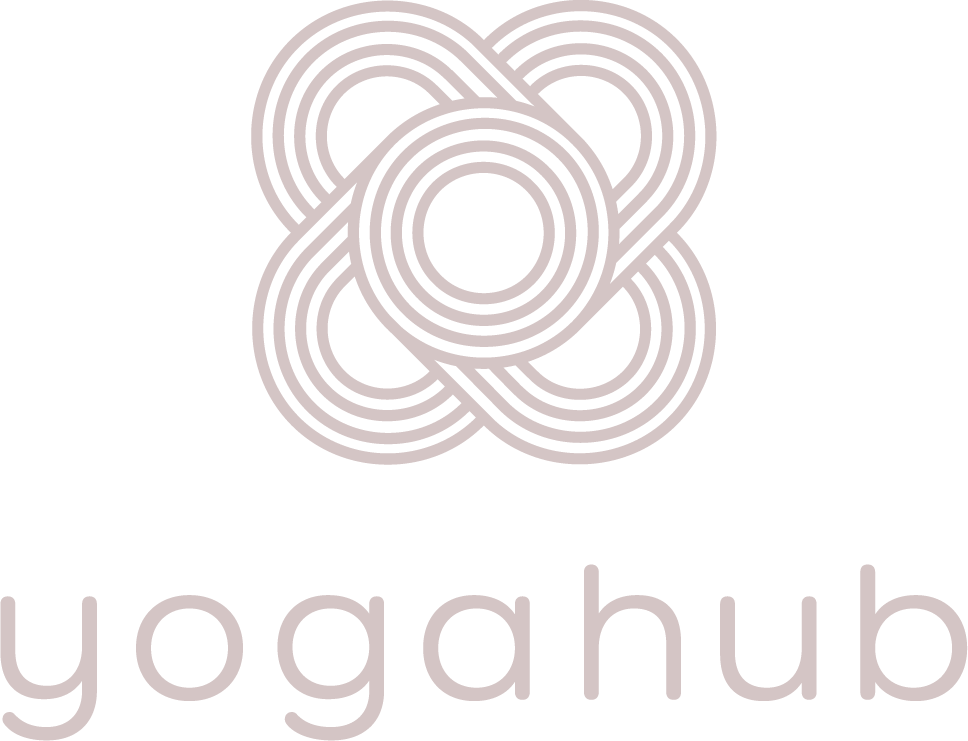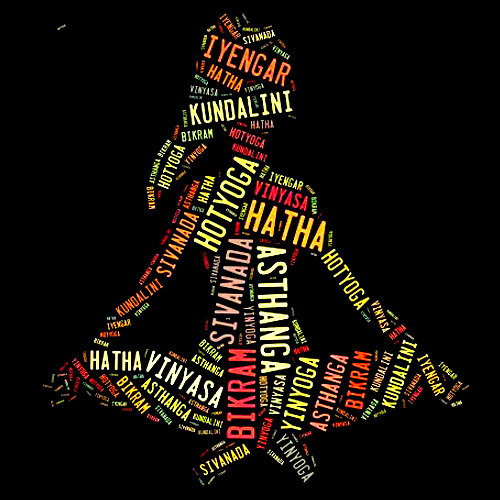“Which style of yoga do you do?”
It’s one of the most common questions asked when someone says they practice or teach yoga. Unless you’re dedicated to a specific lineage or style, chances are your practice fluctuates as much as our Irish weather.
To break it down, we can say that mostly all movement and asana-based practices fall under the umbrella of “hatha”. Other practices, like kundalini, fall a bit outside of this umbrella because of the predominant focus on mental and meditative aspects.
The following list is a simple breakdown of the most popular styles of yoga and the distinctions between them.
Hatha – Simply defined as the physical practice of postures. The word “hatha” can be broken down in two parts, “ha” (sun) and “tha” (moon), which indicates the balancing nature of the practice. A hatha practice aims to both stimulate and calm the mind, body, and soul, essentially to balance our sun and moon aspects. There is no strict sequence to a hatha practice, as long as it safely and mindfully incorporates a balance of these elements. Most physical practices, such as vinyasa, ashtanga, iyengar, forrest, anusara, and others, fall under the umbrella of hatha.
Vinyasa – This is a flow-like hatha practice, strongly focusing on matching the breath with movement. A vinyasa practice can be quite dynamic as the sequence of postures ranges widely from teacher to teacher. Vinyasa is all about flow, movement and hatha balance.
Ashtanga – Brought to the west by Sri K. Pattabhi Jois, ashtanga is known as one of the most rigorous practices of hatha yoga. Ashtanga sticks to a specific, progressive sequence of asanas which the student will follow every time. Unlike a vinyasa flow or hatha class, music will rarely be incorporated and the sound of ujjayi breath will predominate the room.
Iyengar – Another lineage-based style, iyengar is the namesake of B.K.S. Iyengar. This style is like fine-tuning asanas. In an iyengar class, students will focus on the fine details of a pose, paying specific attention to proper alignment. Because of the focused attention of these classes, poses will generally be held for a long time. While flow is not the emphasis, students will feel the intensity of the practice in terms of focus, concentration and maintaining postures.
Yin – One of the most meditative hatha styles, Yin focuses on the deeper, connective tissues in the body and joints. It’s a meditative type of practice because a yin pose can be held anywhere from 3 to 20 minutes. The classes are generally relaxed and slow, allowing for deep stretching and subtle, mindful movement.
Kundalini – Focusing on breath and meditation, Kundalini aims to release the kundalini (spirit) energy in order to energise, restore, and balance a person’s system. Kundalini energy is basically the life-force energy of a person. It is thought to flow through the body from the base of the spine to the crown of the head. Any blockages between can be cleared through kundalini breathing and meditation sequences.
Hot – Hot yoga is a type of yoga that branches from the strict sequence of Bikram. Bikram is similar to Ashtanga in that it follows a specific sequence of postures. The difference is that classes are held in an artificially heated room. General hot yoga classes do not follow a specific sequence of postures. Postures and sequences can vary widely, as long as they are taught safely and mindfully in a heated studio space.



